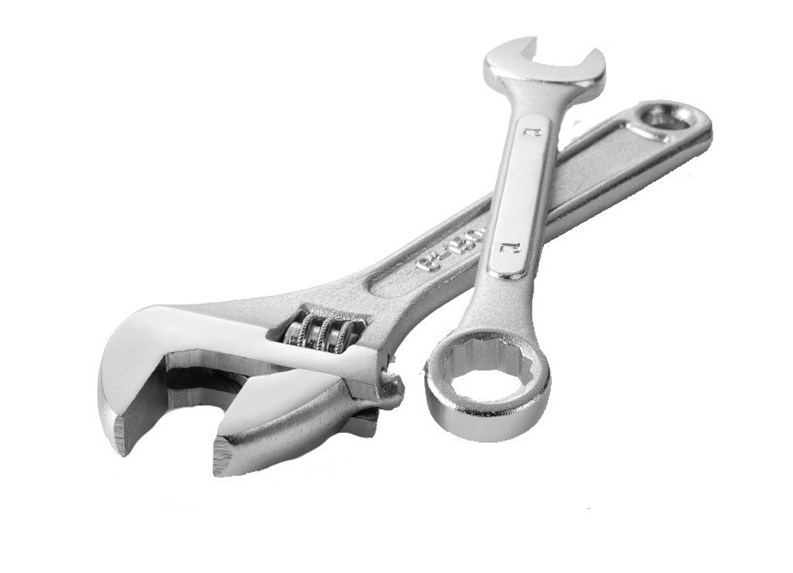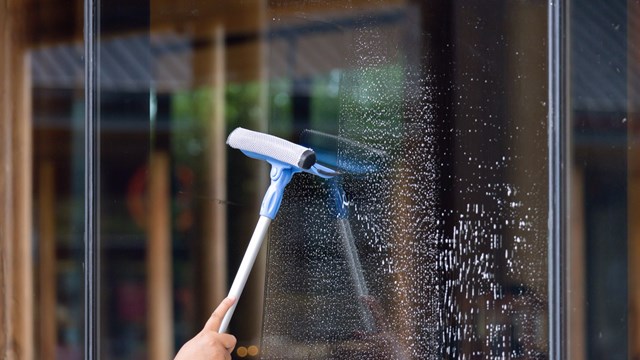Ever since Romeo and Juliet made them famous, balconies have been popular additions to our homes and living spaces. For condominium communities, balconies can add an extra perk, a few more feet of living space that allow us to enjoy the outdoors and some time in the sun.
As with any structure, balconies need a steady diet of care and maintenance to look their best and last their longest. What goes into caring for balconies and what happens when they need fixing? With proper planning and the right tools, maintenance and repair can add years of enjoyment and value to your homeowner association’s balconies.
For the most part these days, balconies are built out of steel and concrete, with a few wood and steel models mixed in here and there. There are two kinds of concrete balconies: continuous slab, which are simply an extension of a building’s concrete floor, and those with steel frames mounted to the structure’s exterior, with planks extending from the building’s frame and filled with concrete. On both types of balconies, railings are added after initial construction and are eitherembedded into the balcony or surface mounted.
Water is the Enemy
Concrete balconies can last for many years if they are properly maintained, but can develop problems quickly without proper maintenance. Engineer Ralph Noblin, with Noblin & Associates, L.C., a consulting engineering firm in Bridgewater, Massachusetts, says that most concrete deterioration, which actson the steel rods inside the material, can be traced to simple water infiltration. “Water will get into concrete, even if it’s not cracked and looks fine,” says Noblin. “Concrete is still somewhat porous or permeable.”
When water gets into concrete, says Noblin, “It causes the steel to rust, andwhen steel rusts it expands greatly just like when water freezes. When it expands it pushes outward and pushes the concrete away, oftentimes spalling the concrete.”
The two keys to keeping water from causing damage are using epoxy-coatedsteel, which is corrosion resistant, and keeping the water from permeating the concrete in the first place, says Noblin.
The best way to keep water out, says Noblin, is the use of membrane or coating, typically a urethane or polyurea. “New England has been slow to come around to the realization that if you have some kind of concrete balcony, you really need to coat it with some kind of product that will prevent the water from coming down into contact with the steel,” he says.
Along with preventative maintenance it is important to regularly inspect and monitor balconies. These inspections serve to establish a baseline for a balcony or porch’s materials and condition and knowing how they age each year. “The maintenance man should do a visual inspection, documenting any problems he sees,” says Stan Wellinsky of Valcourt Building Services, a national company that provides window cleaning, waterproofing and restoration services. “If there’s a crack two inches long, he should put it on a spreadsheet. That establishes a benchmark early on.”
With that baseline or benchmark established, the maintenance person can check back during the next inspection and see if the crack has grown or changed in any way. “If you can catch it early, there are things that you can doto slow it down. If you wait too long, it can get serious,” Wellinsky says.
Salt Can Also Corrode
Water is not the only threat to balconies. For those living along the New England coast, salt can also cause corrosion. “Especially near the ocean, salt can enter concrete and create an acidic situation. The concrete will then corrode the same way your car would corrode more on the shore than inland.” Once corrosion starts, it can be difficult to stop. “It’s like a cancer,” says William Schutt, presidentof MATCOR, Inc., a Pennsylvania-based company that provides corrosion technology services.
Problems also may have started before the first resident even moved into the building. “Contamination might have occurred when the contractor built the balconies,” Schutt says. In older buildings, the contractors “mayhave added a concrete accelerator that contained salt.” Salt, in turn, causes corrosion.
Loose railings also can cause problems for residents. Embedded railings will have problems sooner than their surface-mounted brethren because of the penetration necessary to attach the railings. According to Wellinsky, if not properly sealed, those areas can collect moisture and cause rust and corrosion of the metal railings as well as the surrounding concrete.
Small pits resembling little potholes also can form in the concrete, causing problems. In addition to salt and water, indoor/outdoor carpeting can contribute to balcony decline, trapping moisture and not allowing the concrete to breathe. The same is true of certain watertight coatings.
It’s important, too, to keep track of what may seem like just cosmetic issues because they may be signs of larger structural problems. If things look dicey—if chunks of concrete are found on the ground or cracks are growing rapidly in size, management should pick up the phone and call a structural engineer. When it comes to balconies and their attending issues of safety, it is always better to be safe than sorry and turn to those who know these structures best.
Regular Cleaning
According to Wellinsky, any of the abovementioned problems and issues with concrete can be prevented with regular cleaning or power wash once a year. Maintenance crews should also be on the lookout for caulking that may need replacing, or places where sealant has deteriorated and is in need of a new application. It is essential to engage in an ongoing and thorough maintenance program. Putting off basic care and prevention will only lead to costly trouble later on.
If problems already exist, they may require chipping away old concrete and adding in new concrete. If railings are an issue, some thought might go into changing embedded railings out for the mounted variety. Using protective coatings and rust inhibitors to prevent moisture penetration and quell the concrete-cracking issue of oxidation and rust also can be key in extending railing life. And keeping those railings secure is of paramount importance to the safety and well-being of residents.
Over time, however, boards and management may grow weary of perpetual patching and calls to the structural engineer to check out potentialproblems with their community’s balconies. If that’s the case, there is an alternative solution—something called cathodic protection. It involves using a form of electrolysis to stop corrosion.
With this system, a low voltage electrical current—less than that found in a 9-volt battery—is placed in the concrete, raising the pH level and lessening the acid around the steel reinforcements, preventing rust and in turn preventing corrosion.
While the installation of a cathodic system can be expensive, “it only seems pricey until you look at the alternatives,” says Noblin. Using the example of a 40-story building that hashundreds of balconies, and figuring in the $100–a-square-foot cost of concrete repairs, Noblin says, “that’s $800,000 dollars!”
By halting corrosion, cathodic protection eliminates the need for repair crews to chip away at both bad concrete and good concrete as they search for the source of a corrosion problem, saving valuable time and resources later—something especially appealing to large, multi-unit associations.
With proper care and attention like cathodic protection, a balcony can last years, providing a perfect oasis in which people can enjoy the outdoors and enjoy each other’s company. Every dollar spent on maintenance and repairwill not only increase the satisfaction of ownership for happy residents, but it will ensure a safe environment that adds value to your community.
Liz Lent is a freelance writer and a frequent contributor to New England Condominium magazine.







Leave a Comment